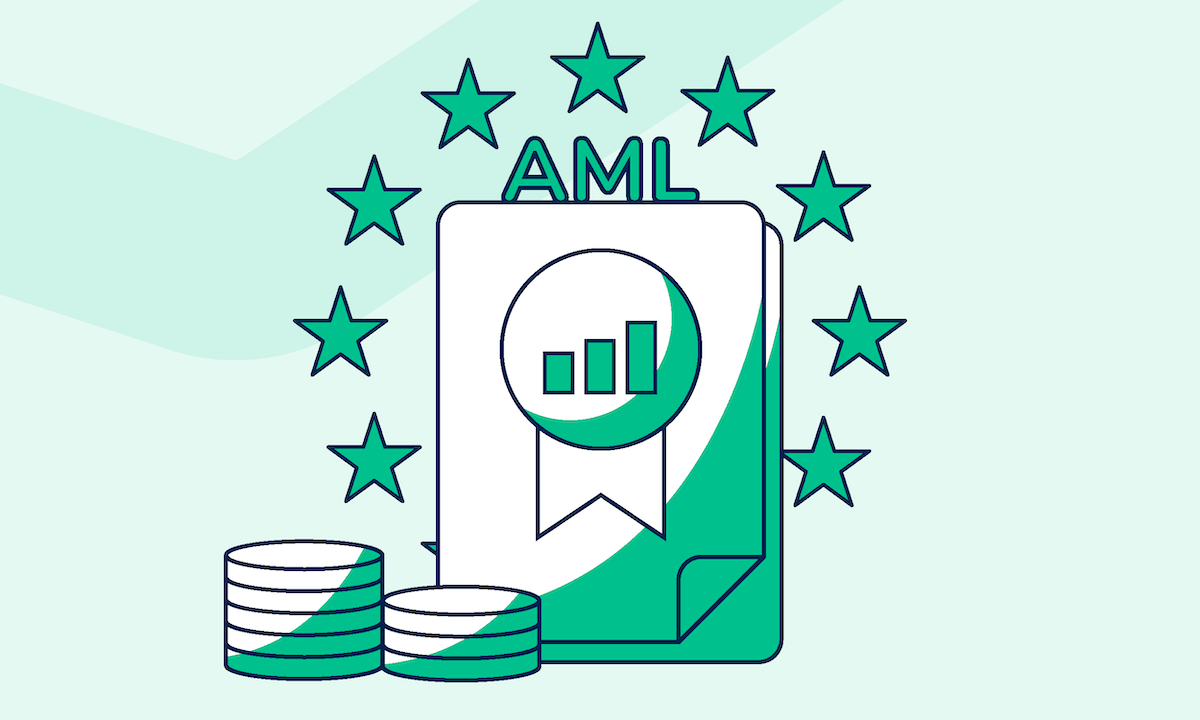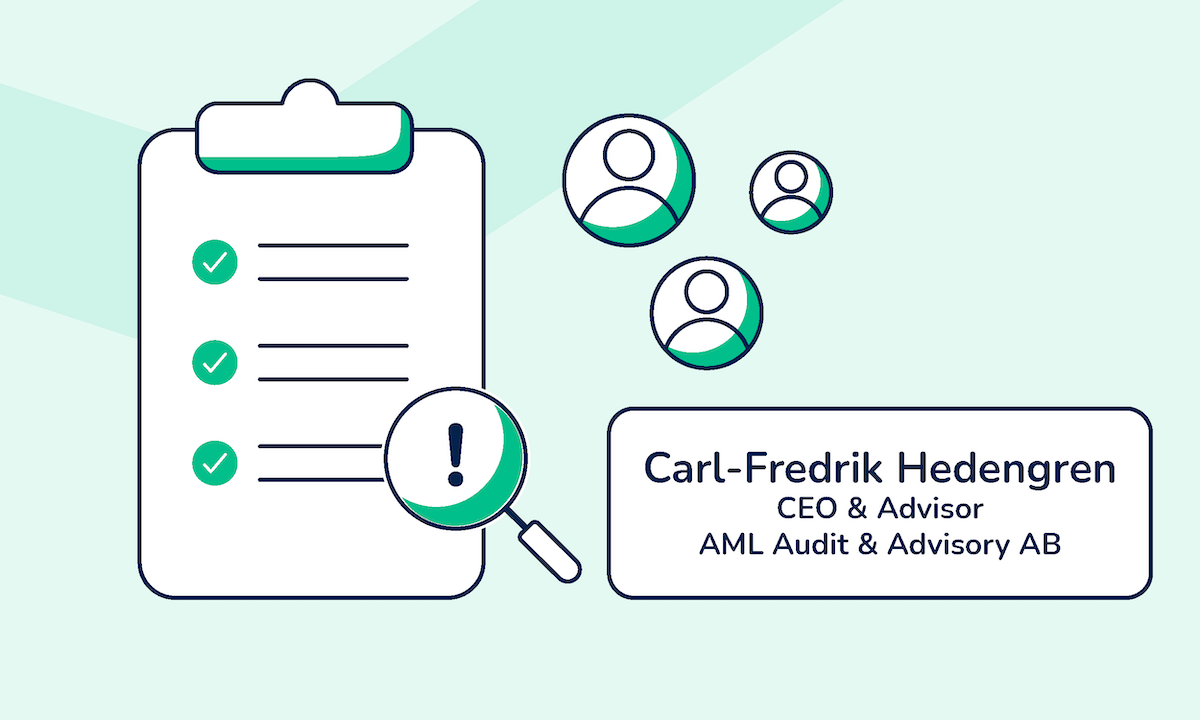Regulatory compliance increases customer trust, protects your company from penalties and reputational damage, and prevents your products and services from being used for unlawful purposes. Therefore, ensuring regulatory compliance is an essential task for companies across all industries.
A strong compliance program can help you demonstrate that your business is aware of its legal obligations and takes all the necessary steps to comply with them.
This article walks you through the 8 essential steps to creating an effective compliance program and ensuring regulatory compliance in your organization.
1. Determine which regulations are relevant to your business
The first step is identifying all the laws and regulations that apply to your organization. The legal requirements that your business must meet depend on several factors, such as:
- the company’s industry
- the location of your business
- the countries in which the organization operates
- the products and services that your business provides
- the type of clients you work with
For example, an accounting firm based in Belgium must comply with several local, national, and EU laws and regulations, including:
- EU regulations on financial statements, instruments, and reporting
- Anti-Money Laundering laws
- Regulations on data protection
- Cybersecurity best practices established by the Belgian government, the EU Commission, the European Central Bank, and the European Central Authority
- Standards set by the IASB and IFRS in Europe and by National Professional Organizations such as the Institut des Experts Comptables and the Institut des Reviseurs d’Entreprises
2. Identify the specific requirements you need to comply with
Once you’ve identified the laws and regulations your business is subject to, you need to look into the specific requirements that your company must meet.
Additionally, you have to figure out which processes to implement to address each specific requirement and how you are supposed to document your compliance.
3. Conduct an initial internal audit
Next, you should conduct a compliance audit to evaluate your current compliance status.
A compliance audit is an assessment of your company’s policies and processes that aims to identify gaps or risk areas so you can take appropriate actions.
For each of your compliance obligations, you should assess:
- Are your internal processes aligned with legal provisions?
- Does your staff know the rules your business is subject to? Do your employees work according to these rules?
- Do you have accurate, up-to-date documentation detailing how you maintain ongoing compliance?
4. Establish and document compliance policies and procedures
The following step is to adjust your internal operations based on the issues and weaknesses discovered during the audit.
Additionally, you need to prepare documentation describing the measures and procedures designed to fulfill your legal obligations and how you control their ongoing effectiveness. These documents are essential in the case of external audits carried out by independent third parties.
Last but not least, you should periodically review and update compliance policies and procedures and make them available and readily accessible to all staff.
Since employees play a significant role in ensuring regulatory compliance, they should follow policies and procedures that mirror the company’s legal obligations. You should also ask your staff to sign the compliance policies to ensure that they read and acknowledge them. This reduces the company’s liability in the event of a violation by an employee.
5. Provide your employees with regular compliance training
Ensuring regulatory compliance is everyone’s responsibility. Therefore, you must ensure that your staff follows the existing compliance policies.
Employees that lack the necessary information to carry out their job in compliance with legal requirements risk unknowingly violating the rules.
Therefore, distributing relevant material when onboarding new hires or in the event of an update is not enough. Instead, you need to provide your whole team with periodical training to help them understand the importance of the topic and their own responsibility in ensuring regulatory compliance.
6. Rely on experts
To stay on top of changing rules and ensure that you implement the right processes, consider hiring specialist external advisors or in-house experts, such as CCOs.
Corporate Compliance Officers or CCOs monitor the regulatory landscape, initiate and oversee compliance projects, programs, and processes, and provide competent advice to all other departments.
7. Constantly improve your regulatory compliance
Achieving regulatory compliance is not a one-time project. Instead, it’s an ongoing effort that translates into three core activities:
Continuous monitoring of the legal landscape
Regulators frequently issue and amend laws and regulations to respond to emerging risks and consolidate existing legislation.
Therefore, you need to keep up with the regulatory changes that affect your business and its compliance profile. If you plan for upcoming changes, you won’t be caught off guard when the new legislation enters into force.
Periodic audits
You should perform regular internal audits for each aspect of your business to assess your regulatory compliance process and uncover any inefficiencies or discrepancies.
Adapting policies and procedures to regulatory changes
Emerging regulations can influence the business model and significantly affect the company’s work. Therefore, you should always inform your staff about the changes in compliance policies and procedures.
8. Leverage tech tools and entrust the right software providers
Ensuring regulatory compliance while relying on manual, paper-based processes makes the process far more complicated.
For example, let’s say a customer asks you to delete the data you have on them. If you physically store client records, you’ll have to go through all of them to find the ones that contain data about that specific client. This is very time-consuming and could be better handled with the help of a digital tool, such as a document management system.
Thanks to document management systems, you can easily find all data relating to a client and delete it in just a few clicks. As a result, the time-consuming task of manually locating documents turns into a one-minute job.
However, not all software providers offer the same level of security and compliance. Therefore, you should look for systems that rely on robust IT security policies.
In particular, you should make sure that they are transparent about their own sub-providers, data centre locations, and data processing policies.
How can Penneo help you with ensuring regulatory compliance?
Penneo has carefully developed processes to ensure its services’ conformity to legal requirements. Our official third-party audit reports demonstrate that everything we provide abides by the highest industry security standards.
Penneo KYC helps obliged entities to perform CDD checks and fulfill the requirements set by AML laws. The system provides guided risk assessment and PEP and sanctions lists screenings. It also notifies you about changes in the customer’s risk profile.
If you notice any suspicious activity, you can submit a report to the authorities directly from the system.
All data stored in Penneo KYC is end-to-end encrypted and automatically deleted after five years from the end of the business relationship or occasional transaction. This ensures compliance with AML and GDPR data retention obligations.
Penneo Sign automates digital signing and data collection processes, so you can focus on the work that matters. Digital signatures created via Penneo meet the eIDAS requirements for advanced electronic signatures. Hence, they are just as legal as their handwritten counterparts.
Additionally, Penneo Sign ensures GDPR compliance by encrypting stored data, providing the option to use end-to-end encryption for confidential documents, and allowing users to schedule the automatic deletion of data.





